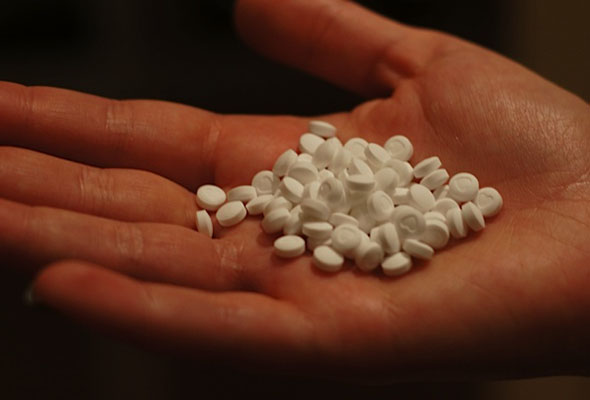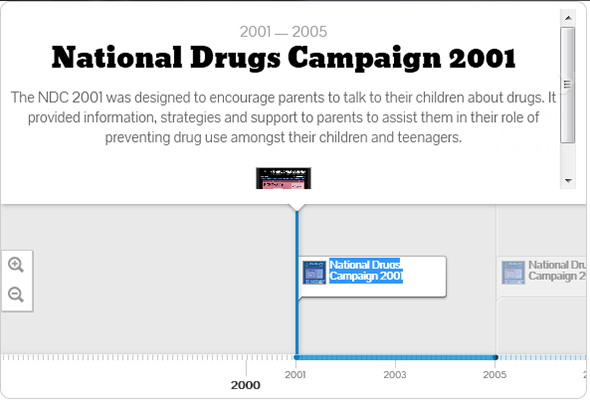Campaign against ecstasy continues

Ecstasy remains the second most used drug amongst young Australians, according to the National Drugs Campaign. Photo courtesy of Leo Turrisi, used with permission
Reducing the consumption of illicit ‘party’ drugs has been a continued yet effective fight for the Australian Government’s National Drugs Campaign (NDC) since it began in 2001. Working to reduce the use of illicit drugs amongst young Australians aged 15 to 21, the campaign has focused its attention in recent years, to increase society’s awareness and reduce the use of the second most consumed illicit drug, ecstasy.
The fight against illicit ‘party’ drug use first started in 2001 with the campaigns focus on parental support. Due to the changing drug trends and the current illicit drug climate the NDC in order to increase public awareness of illicit drugs and their consequences has undertaken extensive communication programs through advertising and public relations.
“The focus of the 2010, 2011 and 2012 campaigns has been on ecstasy,” says a spokesman for the NDC, and the “awareness of the potential risks and harms associated with illicit drug use in an effort to contribute to a reduction in the uptake of ecstasy”.
According to the National Drug Strategy Household Survey, the consumption of ecstasy has decreased from 3.5 per cent in 2007 to 3.0 per cent in 2010. This can be attributed to the campaigns success, where in 2010 45 per cent of young people who had viewed part of the campaign had been positively influenced to take action against drugs.
Despite the positive results, the NDC says ecstasy remained the second most commonly used drug amongst young Australians after marijuana.
Targeting young Australians aged between 15 and 21, the campaign’s focus is to capture a new generation of young people by introducing the negative consequences of using illicit drugs with key messages targeting youth before the age of initiation.
According to the NDC people generally begin using ecstasy around the age of 22”.
This effort will hope to contribute to a reduction in use by the 20 to 29 age groups, who the NDC have identified as the age group that is the most common recent users of ecstasy.
The National Programs Manager of DRUG ARM Australia, Mechile Gumalal says the age of drug users they deal with, “can vary from teenagers as young as 18 being referred from the Qld Illicit Drug Diversion program to elderly clients across other programs”.
This reinforces the NDC’s prevention approach targeting youths before the age of initiation as important. The approach aims to modify the behaviours and increase the likelihood that those individuals will avoid illicit drug use.
The National Drugs Campaign couples the marketing and public relations campaigns together with encouraging parents to engage in drug communication and education in homes.
The NDC spokesperson said parents had a fundamental role in preventing illicit drug use and research had shown that where families had ongoing and effective communications with their children, there was a lower incidence of drug use.
The Social Marketing Unit at the National Drugs Campaign continues to work closely with the Department of Health and Aging’s policy area, in developing campaign directions in consideration of current trends and research regarding illicit drugs.

URL for interactive timeline: http://embed.verite.co/timeline/?source=0AvQ-SIZSPN45dE5WdlNJTnpIbkpuYWlaT2dseUZ0ZUE&font=Bevan-PotanoSans&maptype=toner&lang=en&width=590&height=400
